by Wirnani Garner
Polka Dot Images/Polka Dot/Getty Images
Homemade tire bead sealant can be used on various types of tires. Using it is necessary for them to seal correctly and prevent rim and bead leaks. These sealants are designed to be drawn to area of the air leak and form a plug preventing more damaging from occurring. Although you can purchase these sealants at the hardware store, you can also make your own right at home. There are several different recipes that you can use depending on what you have in your basement or garage.
With chemical ingredients, protective clothing is advisable. The least amount of protection should be a good set of gloves. They do include the same type of common cleaning materials, however, so the toxic effects are no more than using regular sealant and various cleaning solutions. If you are concerned about the environmental effects, these homemade sealers may actually have less of a toxic effect than commercially made ones depending on the brand.
The amounts of sealant that is used for each tire is not enough to harm animals. For the proper disposal of old or leftover sealant, place it in a jar with the lid closed tightly.
The basic ingredients that you should check for to make the sealer include mold builder latex, windshield washer, slime, glitter or rubber dust and tap water. These ingredients will allow you to make the basic sealer. The proportions that you use them in will depend on your tire, what you are comfortable with, and even your climate may affect its usefulness. Always check the consistency of the sealer before using it, and test it thoroughly.
The proportions of the ingredients for each of these recipes are simply mixed in a jar and applied when needed. One of the best ones consists of 1 part tubeless slime, 2 parts water, 2 parts windshield washer, 2-4 parts latex, plus silicone until the desired consistency. It may seem a bit watery at first, but it sticks well. The color will be a shade of greenish-brown. Add some glitter or rubber dust for thickener. Other recipes include 8 parts liquid latex mixed with 4 parts windshield washer; 5 parts liquid latex, 5 parts water, and 3-4 parts tubeless slime; and you can also try 3 parts liquid latex, 1 part tubeless slime, and 8 parts water. Of course there are many more proportions that you can try using the same ingredients. One slightly different one would be 1 part liquid latex, 1 part regular non-tubeless slime, plus 3 parts windshield washer fluid. That last one is if you prefer to use non-tubeless slime or if you already have it. There is no need to purchase the tubeless slime.
The color will be a shade of greenish-brown. Add some glitter or rubber dust for thickener. Other recipes include 8 parts liquid latex mixed with 4 parts windshield washer; 5 parts liquid latex, 5 parts water, and 3-4 parts tubeless slime; and you can also try 3 parts liquid latex, 1 part tubeless slime, and 8 parts water. Of course there are many more proportions that you can try using the same ingredients. One slightly different one would be 1 part liquid latex, 1 part regular non-tubeless slime, plus 3 parts windshield washer fluid. That last one is if you prefer to use non-tubeless slime or if you already have it. There is no need to purchase the tubeless slime.
References
Writer Bio
Wirnani Garner holds a Bachelor of Science degree in physical therapy and works in the medical profession. Her articles focus on health-related subjects, though Garner is proficient in researching and writing about a diverse range of topics.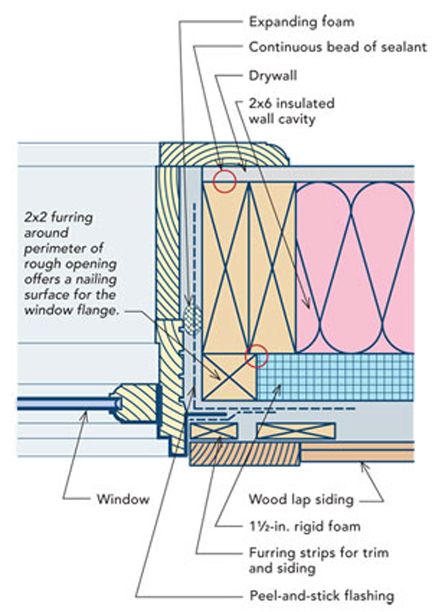
Selection and application of bead lubricants can be critical to the tire mounting procedure and, ultimately, to radial truck tire casing longevity. After all, a tire is mounted and dismounted multiple times through its original and subsequent retread lives.
The basic goal of using a bead lubricant is to reduce friction temporarily between the rubber tire bead and metal rim flange area. Note the word “temporarily.” This allows these surfaces to slide easily against one another as mounting tools are used to deflect the bead over the flange and down into the rim well until the complete circumference of the tire bead is inside the rim flange area.
Lubrication is especially important for tubeless radials, as the tire beads are quite thick (substantial in mass), and maintenance of the smooth rubber surface is critical to sealing and maintaining the high-pressure inflation.
Also, tubeless medium truck tires and their matching wheels use a 15-degree taper in the bead seat area, much steeper than the nearly flat seating area typical of tube-type designs.![]() It is also considerably different from the much lower-angle (approximately 5-degree) seats on tubeless passenger and light truck designs.
It is also considerably different from the much lower-angle (approximately 5-degree) seats on tubeless passenger and light truck designs.
During initial seating, tubeless medium radial tire beads must climb this higher angle ramp and seat firmly in the area formed by the rim flange and this ramp. The intersection of these two forms is referred to as the “sharp” diameter and measures the same as the nominal rim diameter size – 22.5 inches, for example.
Choose Your Lube
There are two basic considerations when preparing tire beads for mounting or dismounting: selecting the appropriate lubricating material and applying it properly. The preferred lubricants are typically produced from either vegetable oils or animal fats. All should contain a minimum of 10% solids in a water-based solution and should also contain an appropriate corrosion inhibitor. These lubricants are readily available in concentrate or ready-to-use solutions.
Care should be taken to mix concentrate types according to the manufacturer’s recommendations and maintain the correct mix by stirring or mixing again before each use. Preferred lubricants should be very slippery when wet, yet have no residual lubricity once dried. This assures that a secure bead seating is maintained and the possibility of tire slippage (when torque is applied, as in acceleration or braking) is minimized.
Preferred lubricants should be very slippery when wet, yet have no residual lubricity once dried. This assures that a secure bead seating is maintained and the possibility of tire slippage (when torque is applied, as in acceleration or braking) is minimized.
What to Avoid
Petroleum-based lubricants or oils – including and especially grease – should never, ever be used as a tire bead lubricant. These materials can chemically attack, soften and otherwise damage tire beads.
Such materials have been used by some fleets in the past as a combination lubricant and rust preventative, most notably when steel wheels had an older coating technology subject to rust in some operating conditions.
However, nearly all steel wheels are now manufactured with modern, durable powder coat paint finishes. Therefore, supplementary coatings in the bead seat and well areas are neither necessary nor recommended.
Also, solvent-based lubricants should never be used, as these can create explosive mixtures in the contained air cavity of the tire, possibly resulting in serious injury or death.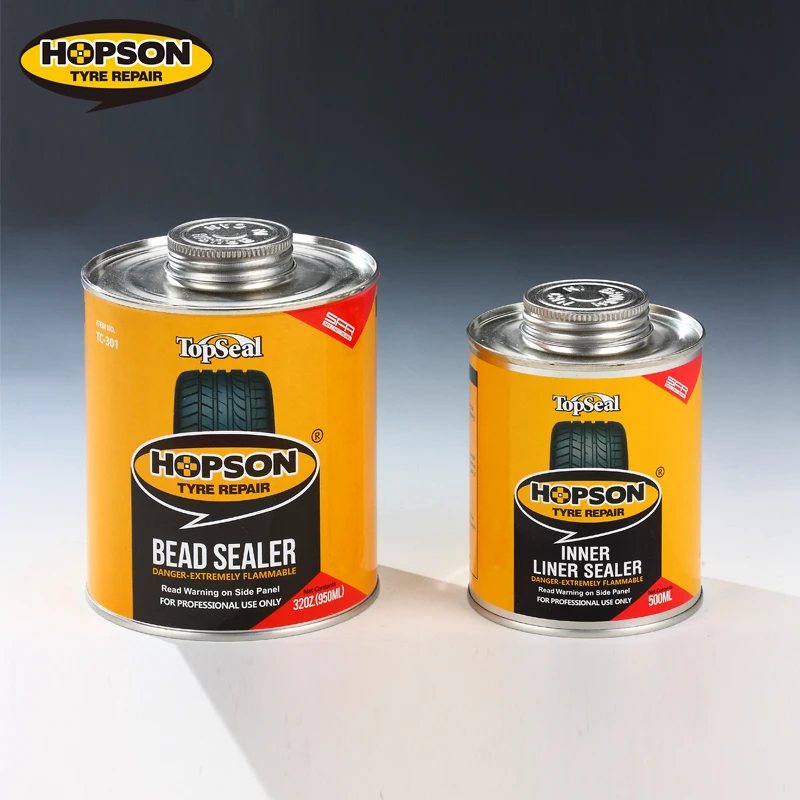 Additionally, these materials may also attack the rubber covering in the tire bead area. Lastly, silicon-type lubricants should be avoided to minimize the possibility of tire slippage on the rim.
Additionally, these materials may also attack the rubber covering in the tire bead area. Lastly, silicon-type lubricants should be avoided to minimize the possibility of tire slippage on the rim.
Just Enough, Not Too Much
The amount of lubricant applied is also important. As a general rule in tire mounting, sufficient lubricant should be applied to coat the tire bead area, but excessive amounts should be avoided. The goal is to provide consistent sliding surface without any excess material being left inside the contained air cavity once the beads are seated.
This ensures that there is a minimum amount of moisture in the high-pressure cavity. In the closed cavity, there is no place for that trapped moisture to go, so it repeatedly evaporates and condenses as internal temperatures cycle during the service life of the tire.
And, in the event that the tire is punctured, any contained moisture can bleed through the injury and take residence around the steel casing cords.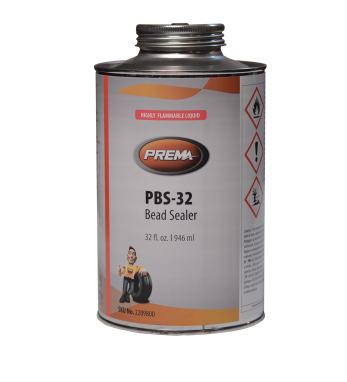
Keeping the tire interior dry also minimizes the possibility of contaminating any materials placed inside the tire designed to balance, dampen or otherwise improve truck ride.
It is acceptable to use somewhat greater amounts of lubricant during the dismounting operation, but careful application is still advised. Any excess lubricant that has “puddled” inside the tire during mounting or dismounting should be promptly removed.
Move Quickly
Timing of bead lubrication is also important. Since the preferred lubricants are water-based, and water evaporates, especially in warm, low-humidity environments, it is necessary to apply the material immediately prior to mounting.
When mounting several tires in sequence, you should lubricate each one individually, immediately prior to mounting. If there is any disruption in the mounting process – such as a work break, phone calls, etc. – a check to ensure continuing wetness of the lubricant – and re-application, if necessary – is in order.
Once the tire beads have been properly mounted onto the rim, immediate inflation should follow to ensure that the beads are fully seated. Immediate and rapid inflation (refer to industry published safety guidelines) also helps achieve uniform, concentric seating around the bead circumference, minimizing run-out that results in truck ride issues.
Preferably, the lubricant should remain in liquid form during the mounting and inflation process and dry soon thereafter.
Some specialized lubricant mixes also contain suspended solids designed to retain bead sealing, especially if the tire/wheel assembly is to be used in low-inflation or cycled high/low inflation service (such as on combined off-road logging roads and high-speed highway hauls with on-board inflation adjustment). It is especially important that these types of lubricant solutions remain in liquid form during the mounting and inflation process.
The Technology and Maintenance Council of the ATA has recently updated and published RP (Recommended Practice) 205: Use of Tire Bead Lubricants.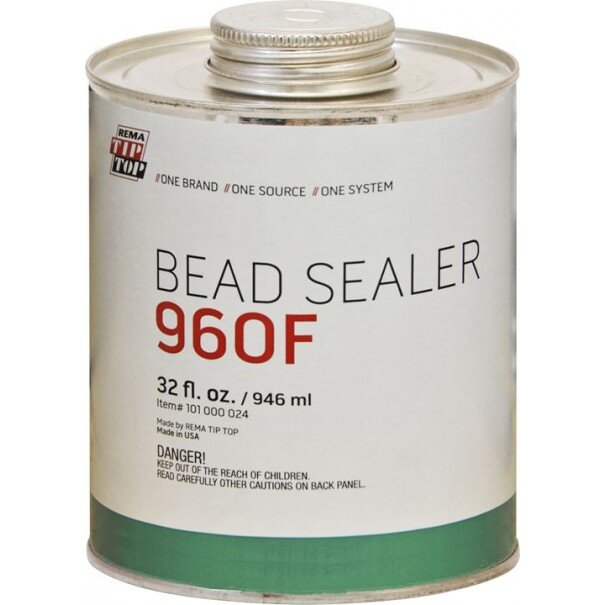
This excellent summary of lubricant selection and application guidelines covers tire mountings on both steel and aluminum wheels and can be obtained from the American Trucking Associations at 703-838-1763 or www.tmc.truckline.com.
Sealant is an indispensable finishing material that is used for joints and seams. Without this tool, the installation of a bathtub, faucet, windows and even doors is not complete. In order for its application to be of high quality, you should know which sealant is better and how to use it correctly.
The properties of the sealant depend on its composition, because this is a large group of materials in which there are tape, viscous, pasty agents. They are used for sealing seams, cracks, when installing windows and doors. They are divided into two large groups - one-component and with several components. nine0003
Additionally, they differ in the type of base, color and filler. Selecting a specific composition is quite simple. To do this, you should read the recommendations from the manufacturer. The packaging always indicates what the product is intended for - for the bath, for outdoor use.
Selecting a specific composition is quite simple. To do this, you should read the recommendations from the manufacturer. The packaging always indicates what the product is intended for - for the bath, for outdoor use.
But the main classification, by which the type of sealants is understood, is determined by its chemical composition. The composition is:
To understand which is better, you need to consider the type of work being done. It is taken into account where the sealing will be performed, namely inside the room or outside, whether the composition will be exposed to ultraviolet rays and what expiration date is appropriate.
Silicone sealants are most often suitable for humid environments where cracks and joints are constantly in contact with water. Silicone bathtubs can be supplemented with anti-fungal properties, due to which they are used in various jobs.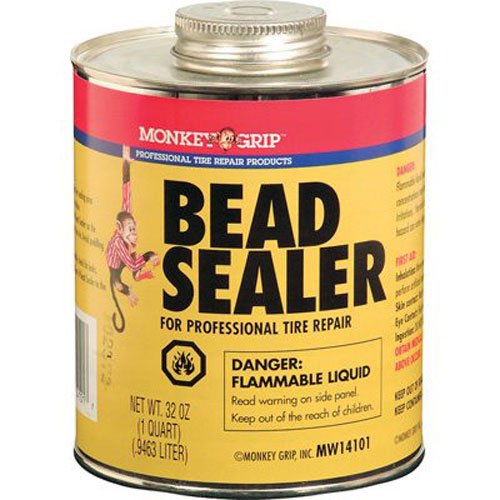 nine0003
nine0003
It has high elasticity and can be used to seal moving joints. The composition does not contain harmful substances, which is why the product is considered environmentally friendly and safe.
The acrylic version is also in demand, because it is used when working with wooden structures. The composition has plasticity, after its application the surface can be painted. It is waterproof, non-waterproof. The product retains its properties at any temperature, it is resistant to UV rays. nine0003
The polyurethane type is resistant to deformation, it is often used to seal the roof, foundation. This sealant can handle wood, plastic, metal and other hard materials.
The composition firmly glues the surface, it is almost impossible to break it. It does not lose its properties even in direct sunlight, rain, because it can be used outdoors.
Bituminous means are made on the basis of bitumen.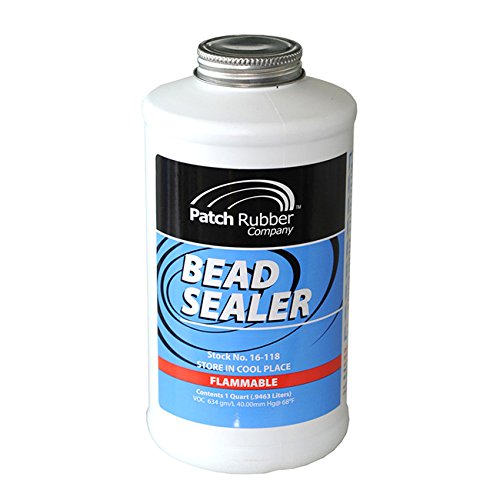 This is a modified binder, which was supplemented with special fillers. Such a sealant is used in roofing, for curbs, roofing material, bituminous coatings, fixing polyurethane, and repairing rubber products. Means please with high elasticity, maximum adhesive properties, ease of use.
This is a modified binder, which was supplemented with special fillers. Such a sealant is used in roofing, for curbs, roofing material, bituminous coatings, fixing polyurethane, and repairing rubber products. Means please with high elasticity, maximum adhesive properties, ease of use.
|
Thiokol products are considered the most durable and strong. They consist of several components, have excellent elasticity, resistance to aggressive substances, high adhesion to metal and concrete.
They consist of several components, have excellent elasticity, resistance to aggressive substances, high adhesion to metal and concrete.
To properly use the composition, you need to prepare. Sealants are most often produced in tubes. And before working with it, the balloon should be prepared: nine0003
The gun is used to evenly distribute the mass on the surface. Fill gaps, joints should be completely to prevent cracks. nine0003
|
In order for the sealing to give the desired result and pass without any effort, it should be applied correctly. The application process consists of the following steps:
The application process consists of the following steps:
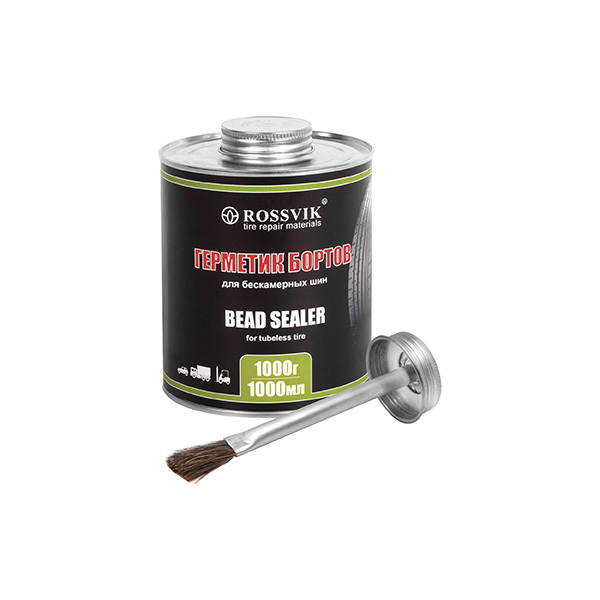
Now you can understand how to properly apply the sealant. Such actions are relevant for any funds. But still it is recommended to take into account the composition, because some products can dry longer.
Using silicone sealant is very simple, because the process does not differ from standard processing. But you need to know that the silicone composition dries for about two days, but the surface becomes dry after 30 minutes. During drying, care must be taken to ensure that moisture or liquid does not get into the seam. nine0003
Before applying the silicone compound to the seam, it is necessary to carefully remove the remnants of the old material. This is done with a mechanical object, such as a knife, spatula, sandpaper, or special solvents. A small amount is removed with gasoline or alcohol.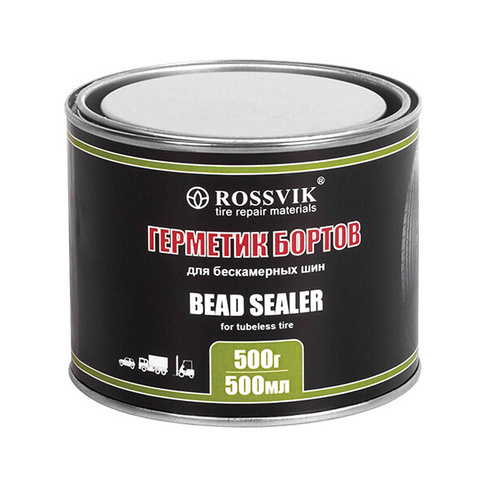
If the work is already finished, but the space is filled unevenly, you must use a spatula or knife. These tools will help smooth out the seam and form a new one. It is formed as follows: nine0003
A special gun is sold for the silicone composition, which helps to form the shape correctly. What can be used to fill aquariums and joints in contact with drinking water? For this, only compositions without antiseptic components that prevent the occurrence of fungus and mold are suitable. nine0003
|
How to properly apply sealant so that it lasts for a long time? To do this, carefully prepare the surface, because the type of coating, the level of adhesion depends on this stage. nine0003
nine0003
Surface preparation consists of the following steps:
Such actions must be performed before use in the bathroom, when sealing seams, cracks, cracks, installing windows and doors.
Understanding how to use is not as difficult as choosing the right composition. Acrylic or silicone sealant is in demand. To choose among them the most suitable option, you need to pay attention to the following points:
Elasticity and tightness are provided by acrylic sealants.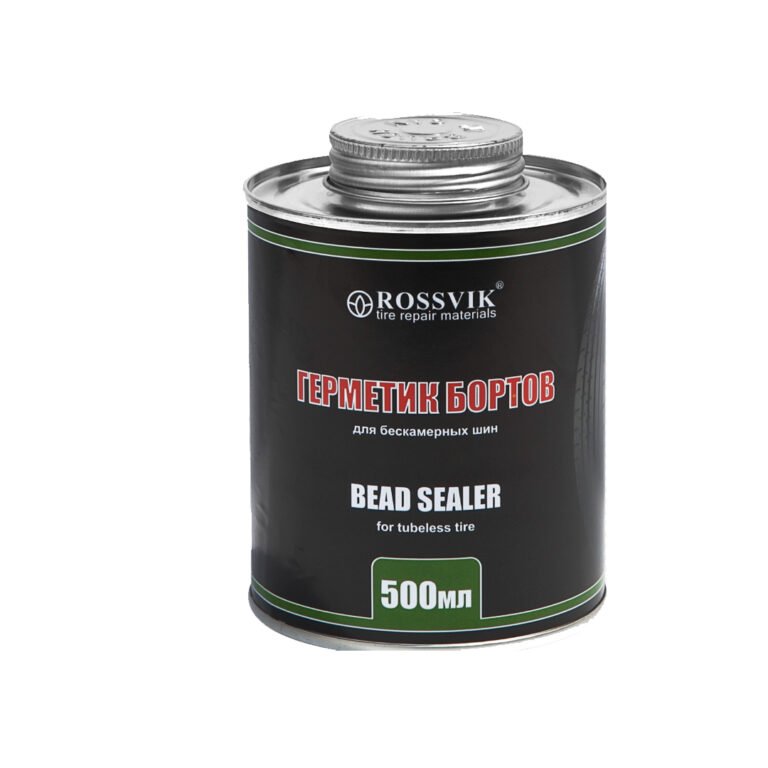 They have decent characteristics, provide the required level of thermal insulation, allowing air to circulate in the room. Additionally, this composition can be painted.
They have decent characteristics, provide the required level of thermal insulation, allowing air to circulate in the room. Additionally, this composition can be painted.
Silicone-based is chosen for a bathroom or other room with a high level of humidity. It retains its properties and integrity regardless of operating conditions. Additionally, no final processing is required. nine0003
Manufacturers of the best sealants offer a large selection of products. They differ in their properties, drying speed and other characteristics. The most popular brands that produce sealant are:
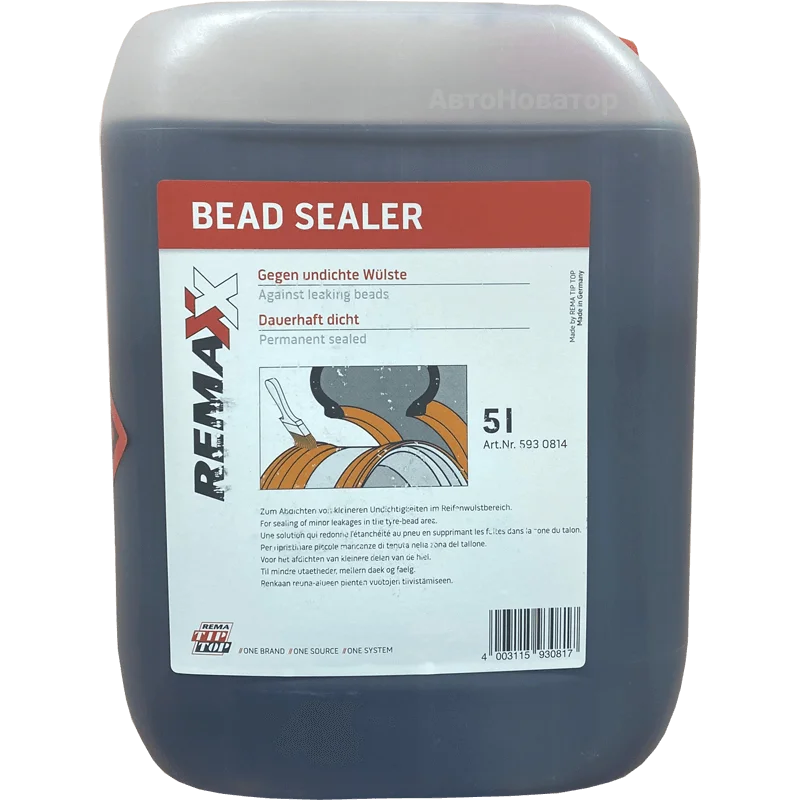
But the manufacturer is not an indicator of the best compositions. Before buying, the buyer needs to take into account its composition, because the quality of the work performed depends on it. nine0003
Before closing the gap, it is necessary to prepare the tools that may be needed in the work. This is not only about the mounting gun, but also other attributes. These include napkins, sponges, rubber spatulas, degreasers, soap solution, sprayer, mounting tape, adhesive tape.
You should not save on additional tools, in particular, on a spatula. Some users do not level the mixture with a spatula, but simply do it with their finger. This is not recommended, because the sealant is considered a caustic substance that is difficult to wipe off the skin. nine0003
Some mixtures are white in color and have a pungent odor, which causes irritation when it comes into contact with human skin.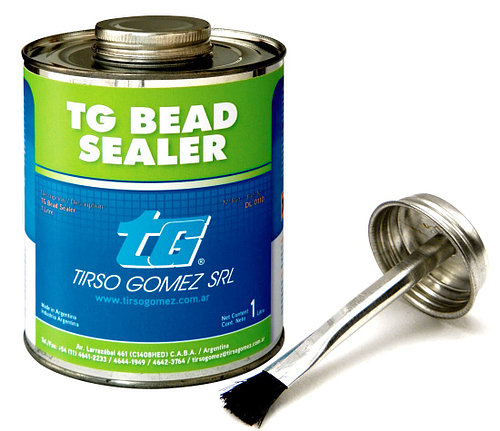 Because of this feature, hands must be protected with gloves.
Because of this feature, hands must be protected with gloves.
When choosing between sealant or silicone, you need to consider that these are two different compositions. Sealant is a viscous substance that is used in repairs and during construction. It is very easy to use, which is why it is often used to prevent pipeline leaks. nine0003
Silicone also has good moisture levels. But it is overpriced and not an environmentally friendly product.
Advice. The drying time of the sealant is always indicated by the manufacturer on the packaging. This period is always different, it depends on the composition. But it is not recommended to strictly follow this deadline. It happens that the top layer is no longer sticky, but inside it is still liquid. Most often, this phenomenon occurs in rooms with a high level of humidity. nine0003
If we are talking about silicone, then the manufacturers claim that it hardens in just 2-3 hours.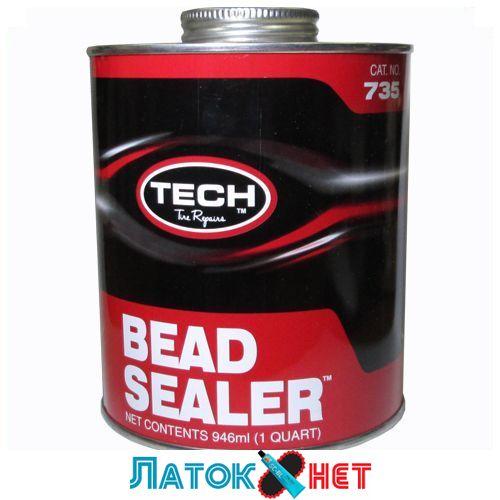 But before complete drying, you need to wait about a day. If the seams are voluminous and deep enough, you need to wait 2-3 days.
But before complete drying, you need to wait about a day. If the seams are voluminous and deep enough, you need to wait 2-3 days.
When buying such a material, it is necessary to take into account the amount that will be required to completely seal the joints or seams at a time. The material consumption is 300 ml per 17 meters. In this case, the layer thickness is 3-4 mm. nine0003
Liquid sealants for sealing the cylinder head gasket (cylinder head) appeared relatively recently, but in a short time they firmly established themselves on the market.
After application, they fill all the irregularities and microcracks, reliably eliminate leaks, improve heat transfer and protect the lid from shifting.
Consider what cylinder head gaskets are, what sealants are used when installing them, and how to use them. nine0003
In modern engines, the cylinder head gasket performs not only a sealing function, but also provides load distribution.
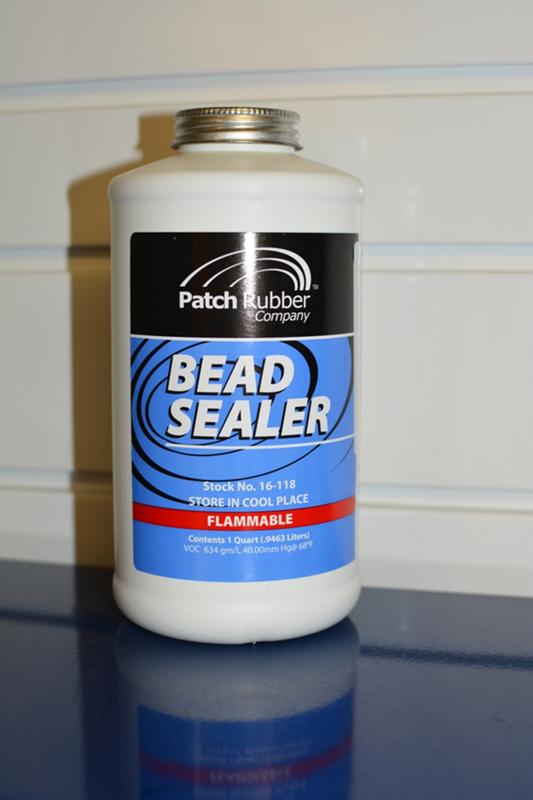
The following gasket types are available:
To achieve 100% sealing and increase the life of the cylinder head gasket, special sealing compounds have been developed. When applied under pressure, they create a thin continuous layer that levels the surface. The permanent residual tack of the sealant helps to accurately position and hold even heavy metal gaskets in place. nine0003
nine0003
The cylinder head gasket is exposed to elevated temperatures and pressure drops, comes into contact with oil, fuel and coolant, and the choice of sealing material should be approached very carefully.
Today there are two types of liquid cylinder head gasket sealants:
Most often, anaerobic sealants are used as cylinder head gaskets, which harden without oxygen. Usually they are red.
Some car owners advise using lithol, graphite grease or oil instead of sealant.